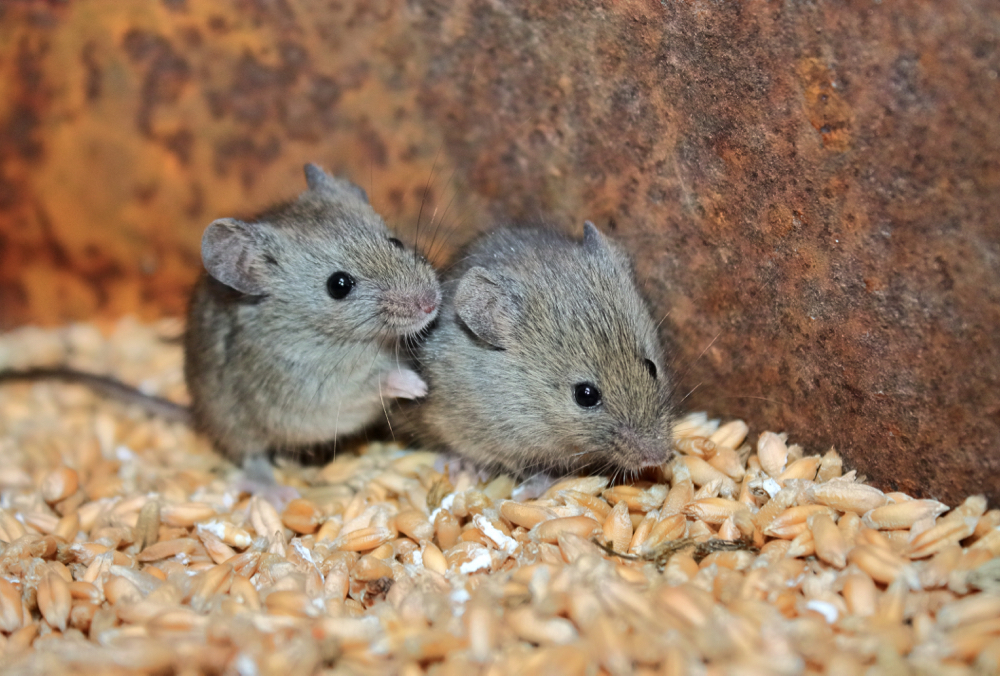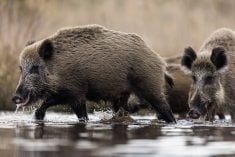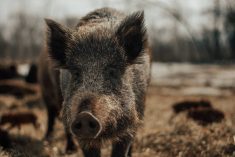When I looked at the agenda for Manitoba Potato Production Days 2025 in January, there was one talk that stood out among the usual agronomy and potato industry-specific topics. Ryan Brook, a University of Saskatchewan researcher well known for his vocal push on Canada’s wild pig issue, was set to appear at the podium.
It makes sense, after a moment of thought. A good chunk of Manitoba’s potato ground generally coincides with the province’s hot spot for wild pigs, the sandy ground around Spruce Woods Provincial Park — an area not too far away from where I live and also where my family and I love to go camping.
Given that, I knew going into the conference that I wanted to take in what Brook had to say about stopping the spread of wild pigs across the Canadian Prairies and his latest findings on the feral pig problem.
Read Also

Introducing the purple tomato
Health Canada has approved bioengineered The Purple Tomato (TM), maybe leading to new culinary uses and health benefits?
His presentation highlighted the rapid spread of wild pigs across parts of Manitoba, Saskatchewan and Alberta, arguing that more needs to be done to contain the issue. Brook has been critical of the resources allocated by the Province of Manitoba and the federal government, noting that much of his funding comes from the United States Department of Agriculture.
Brook’s concerns often gain traction among those who have seen firsthand the impact of wild pigs, but his perspective is not the only one shaping the conversation.
After my article highlighting Brook’s wild pig presentation was published, Wayne Lees, co-ordinator of the Squeal on Pigs program (a major anti-wild pig initiative backed by the province and provincial pork sector), reached out to offer additional context.
His perspective highlighted the differences between wild pig populations in Canada and the U.S. While Brook sees them as a permanent fixture on the landscape, Lees believes they can still be eliminated with the right strategy, much like how Alberta achieved rat-free status.
It was a good reminder that, as reporters, we don’t just report what one person says. We must seek out the broader picture and try to capture multiple perspectives and angles to give the reader as complete a picture as we can manage. No matter how compelling one argument may seem at first, taking the time to explore different perspectives often reveals a more complex picture.
Sometimes that means recognizing when two experts in the same field interpret data differently.
Different regions, climates and circumstances require tailored solutions to the problem of wild pigs. Brook’s research and Lees’ fieldwork can both play into our understanding of the invasive species and, thus, help shape Manitoba’s approach to the issue.
















